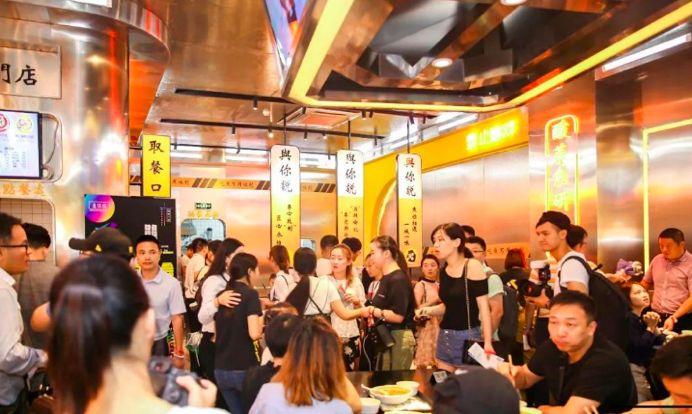
Lead: Student restaurant furniture. The semi-private dining space next to the bar is separated by a silk screen. The embroidery on the silk and the hand-painted black and white pen and ink are intertwined into a light bamboo forest, which makes people feel like poetry and painting in the oriental sense.
Today, the restaurant furniture will take you to know. Mei Ume, the restaurant of the Four Seasons Hotel, London's Trinity Square, is located in the trading port area of the 1920s. It was originally the 1922 headquarters of the London Port Authority, which used to trade tea, silk and ceramics in the former British and Eastern countries. The trade of goods, etc. Taking advantage of this trade history background, the designer has created a restaurant with a blend of Eastern and Western cultures while preserving the traces of history to the utmost.

During the renovation of the building, all the pillars in the historic building of the 1922 Headquarters of the London Port Authority were fully retained. The designer set the metal brackets along the original outline of the building, not only retaining the original historical taste, but also enhancing the functionality, especially for the installation of lighting to provide additional support. The name of the restaurant, Mei Ume, comes from the Chinese and Japanese “Plum Blossoms”.

From the entrance to Mei Ume, people's eyes will focus on the plum screen drawn by enamel. The Chinese-style screen hangs in the center of the two Corinthian columns, blending the East and West worlds. The clear theme expresses the special features of this space and leads people into a culturally rich history.
Student Restaurant Furniture - Theme The main hall is the theme of the bright red tones that symbolize joy and joy in Chinese culture. The most striking decoration is a set of gold-plated triptych that is adorned with red lacquer frames at both ends, which complements Chinese culture and fashion. The wind direction remains tacit. On the left side of the Mei Ume restaurant is a complex bar and private dining room. The ebony wood and white marble grille floors simply divide the bar, the exchange area and the dining area. The bar is based on a Chinese-style pavilion, with lanterns painted in glass and black metal. The semi-private dining space next to the bar is separated by a silk screen. The embroidery on the silk and the hand-painted black and white pen and ink are intertwined into a light bamboo forest, which makes people feel like poetry and painting in the oriental sense.

Student Restaurant Furniture - Concept From the bar to the right, people enter the dining area through an intermediate walkway. Here, the first thing that comes to mind is the red detail embellishment that represents the concept of Chinese culture "Geely". In order to avoid the use of too modern projectors in historic buildings, the designer has custom-made lighting that matches the historical appearance and echoes the plump red of the dining area chairs and sofas. While dining, one can look out over the hotel's courtyard from the window and admire the traditional British character of this British Grade II listed building.

